Last Updated
It has been discovered that native sea turtles in Los Cabos are highly endangered due to the use of ATV’s driven by tourists on the beaches in the area.
The main problems faced by these turtles are both off and onshore, however onshore problems are manmade and far easier to combat.
These problems include habitat loss, offshore fisheries and vehicle traffic on the beach. Racing tours in ATVs are becoming more and more popular. Some companies are also unfortunately unregulated.
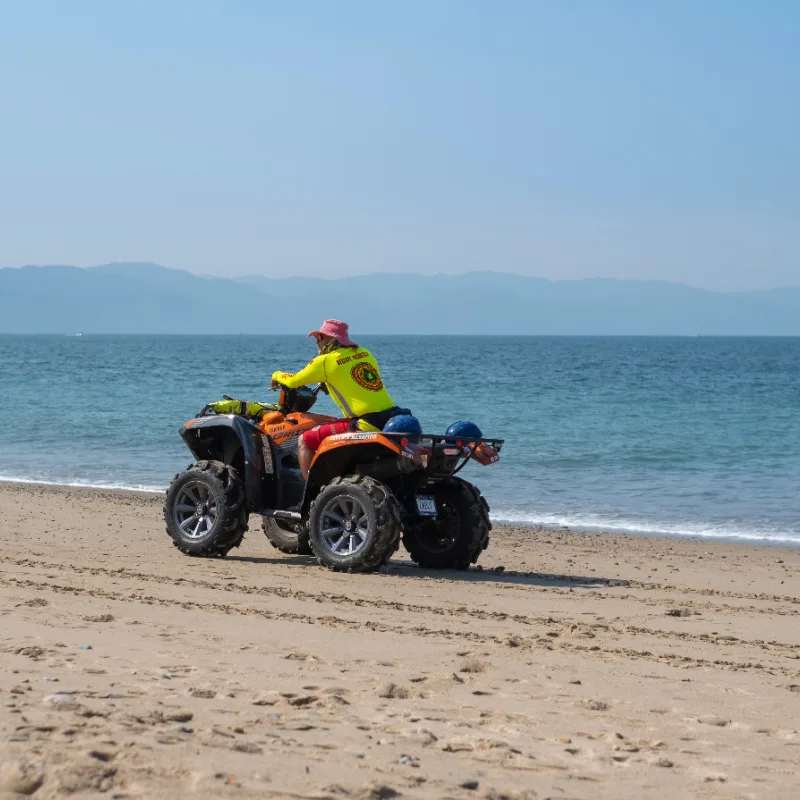
Many of these companies provide tourists with all-terrain vehicles to self-drive, allowing visitors to go wherever they want to, including the beach which is home to turtle nesting sights.
Graciela Tirbucio Pintos, a leading specialist in wildlife conservation, encouraged the government to regulate this as soon as possible. Tiburcio Pintos, announced that terrestrial and freshwater turtles in Los Cabos have not been closely observed in recent years meaning they weren’t aware of the extent of the issue.
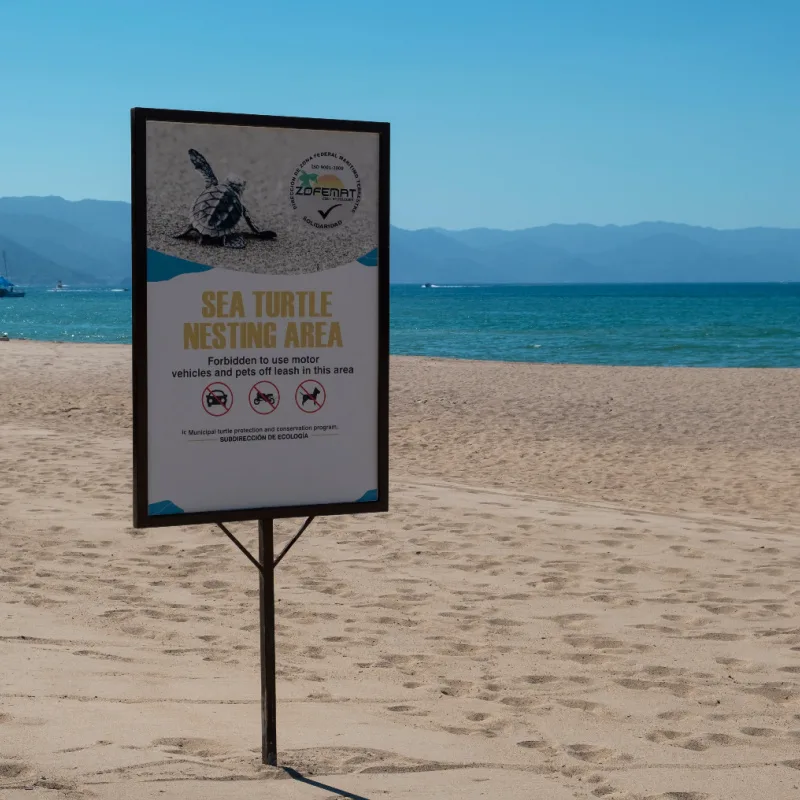
The navy, despite many efforts to protect the turtles through conservation, still have a long way to go to stop the species from becoming extinct.
World Turtle Day is due to be celebrated on May 23rd, and in relation to this, Graciela Pintos said that making a difference to the turtle species will require efforts from the entire population. The terrestrial and freshwater varieties are both now endangered, while the marine sea turtle is officially at risk of extinction.

He also commented that over the past 20 years, they have made important scientific advances due to the contributions of both private investors and volunteers from the general population, as well as an being able to complete further research on the animals.
This research has led to the recovery of other endangered species such as the olive and black ridleys, both types of sea turtle native to Los Cabos.
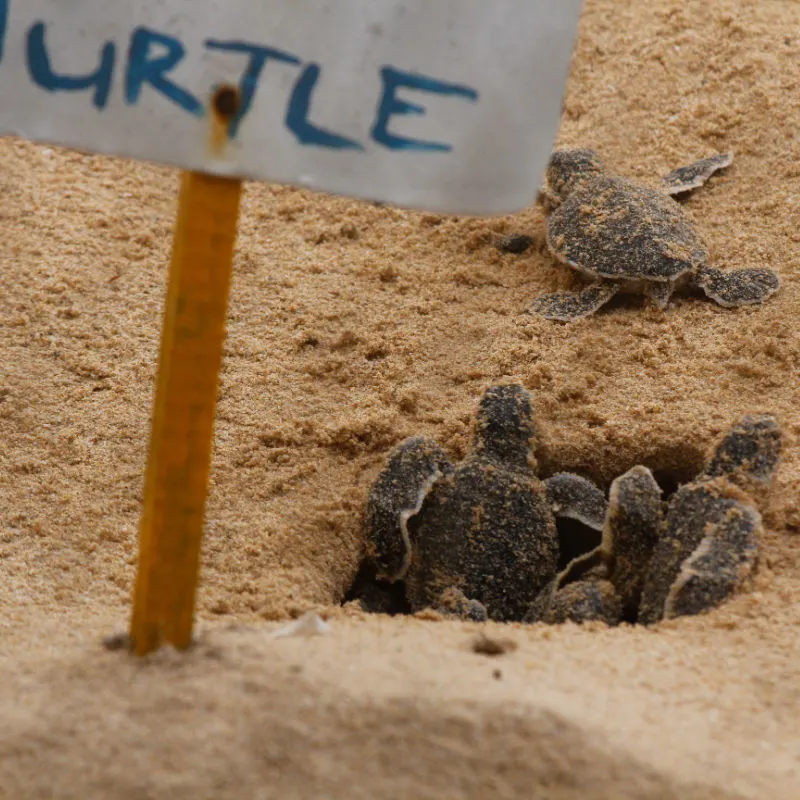
Unfortunately, leatherback turtles which are very common in the region continue to decline in numbers. Its main habitat is the open sea, making it difficult to track, tag and monitor and therefore preservation is extremely difficult.
He reported that there have only been a few freshwater sightings of both terrestrial and freshwater turtles in Los Cabos, in the region of Mulegé, compared to the previously abundant population.
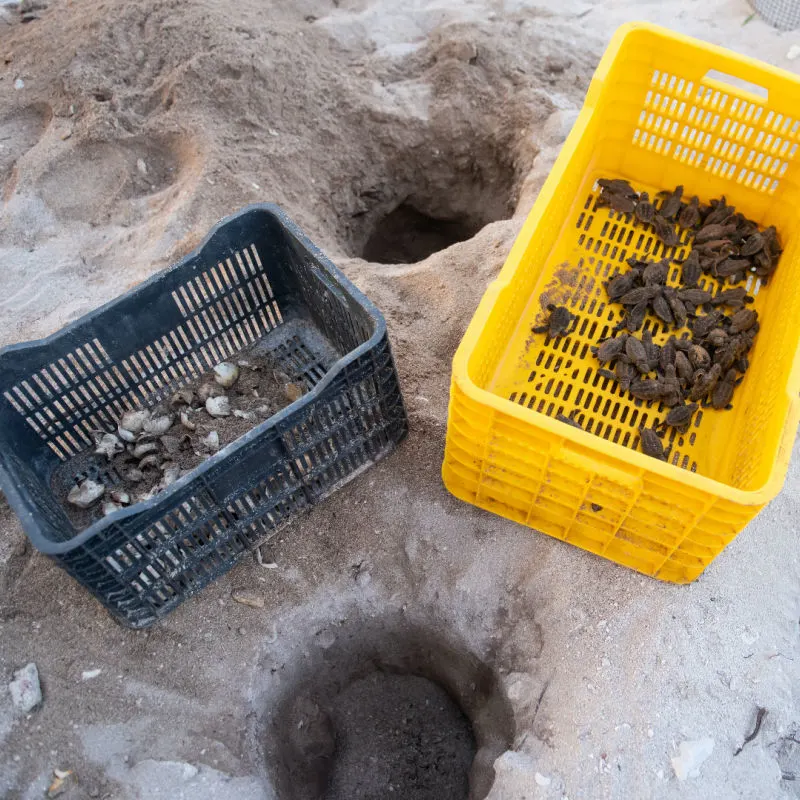
Another reason sea turtle conservation is so vital is that for every 10,000 leatherback turtles born, only one survives, and a turtle usually lays ups to 100 eggs, 60% of which are fertile. Therefore, even without the environmental impact caused by humans, their chances of survival are slim.
The Los Cabos authorities have made huge strides to encourage sustainability and protect local wildlife however, including letting tourists get involved in conservation of turtle hatching projects. Some of the species that are officially protected are Hawsbill, Leatherback, Golfina and Loggerhead turtles, and this is followed by all tour groups that operate boating tours in the waters of Los Cabos.
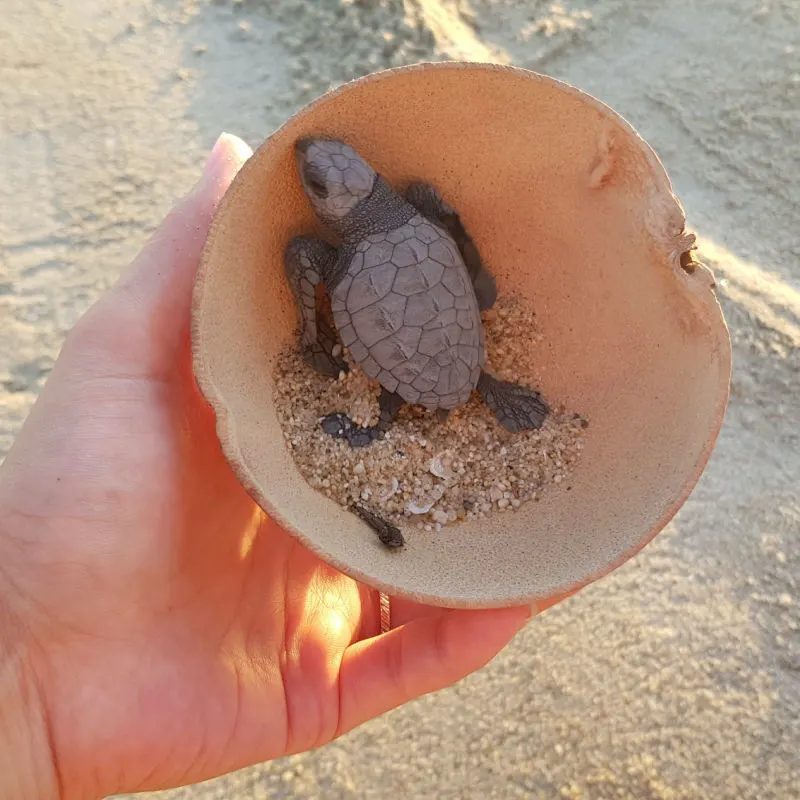
The news of sea turtle’s decline come despite recent reports that Los Cabos has some of the cleanest beaches in Mexico, however the use of the beaches by visitors is the main concern when protecting wildlife.
With Los Cabos receiving over 800,000 visitors in the first quarter of 2022, with 500 flights per week, it appears that visitor numbers are only going to increase, meaning it is more important than ever that they are made aware of the risks to the environment.
